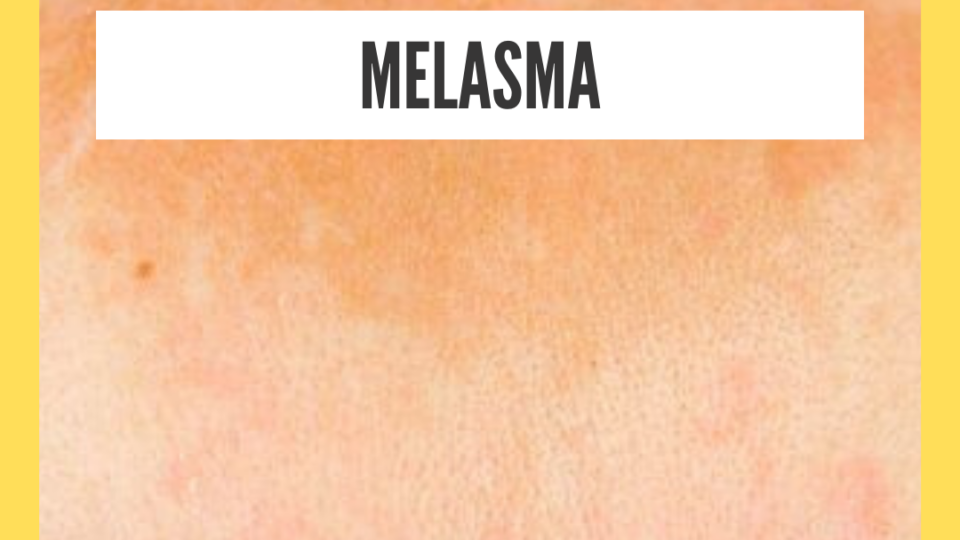
Melasma during pregnancy
Just as nipples and birthmarks tend to darken during pregnancy, pigment spots may appear on the forehead, cheeks and upper lip. When extreme pigmentation takes places its called melasma pigmentation during pregnancy. They often disappear some time after giving birth, but can also persist.
What causes pigmentation aka melasma during pregnancy
Excessive ultraviolet radiation is the main cause of cavity spots, heredity also plays an important role in it. The majority of women get pigment spots between the ages of 20 and 40. This is largely related to hormonal changes. In addition to UV radiation, pregnancy and the use of hormonal contraceptives are also playing important role in it. Women with darker skin types are more at risk from pigment change. The risk of pigment spots or melasma during pregnancy is higher for those who stay more outdoors. The mechanisms of pigment spots are not completely clear, but their presence in up to half of pregnant women. The increase in pigmentation in the skin may be associated with higher hormone levels during pregnancy. This happens especially during the third trimester.
However, pigment spots can also occur after pregnancy. As the biggest cause of spots is solar radiation, they appear more in spring and summer. Women who are prone to familial pigmentation or who have a darker skin type should take particular care when they take sunbaths.
Pigment spots that are caused by pregnancy usually disappear six months after child birth. Some pigment spots may persist, depending on how deep the pigment is. Pigment is usually located in the bottom part of the epidermis, sometimes on the top layer of the skin. The most persistent and difficult-to-treat patches are located in the dermis.
How to light up pigment spots during pregnancy?
Pregnancy is a period in a woman’s life when many skin problems (acne, pigment spots) behave unpredictably. Often creams and ointments may not work as intended. Treatment options for pigment spots during pregnancy and breastfeeding are limited. We recommended to avoid the formation of brown spots by using sunscreen products and reducing sunbathing and UV radiation. In addition, it is important to avoid chemical sunscreens and inappropriate skin care.
It is important to use a sunscreen with at least SPF 30+ protection factor, which includes protection against both UVA and UVB radiation. Of the sun creams, we advise to use mineral sun blockers (titanium dioxide and zinc oxide). They contain an ultra-fine mineral titanium dioxide powder. Dioxide powder forms a miraculously thin layer on the skin and reflects both UVA and UVB radiation. Because titanium dioxide does not absorb deeply, nor does it irritate the sensitive skin. We advise to use natural mineral sunscreens. They work immediately after application while chemical sunscreens should be applied to the skin about half an hour before going outside.